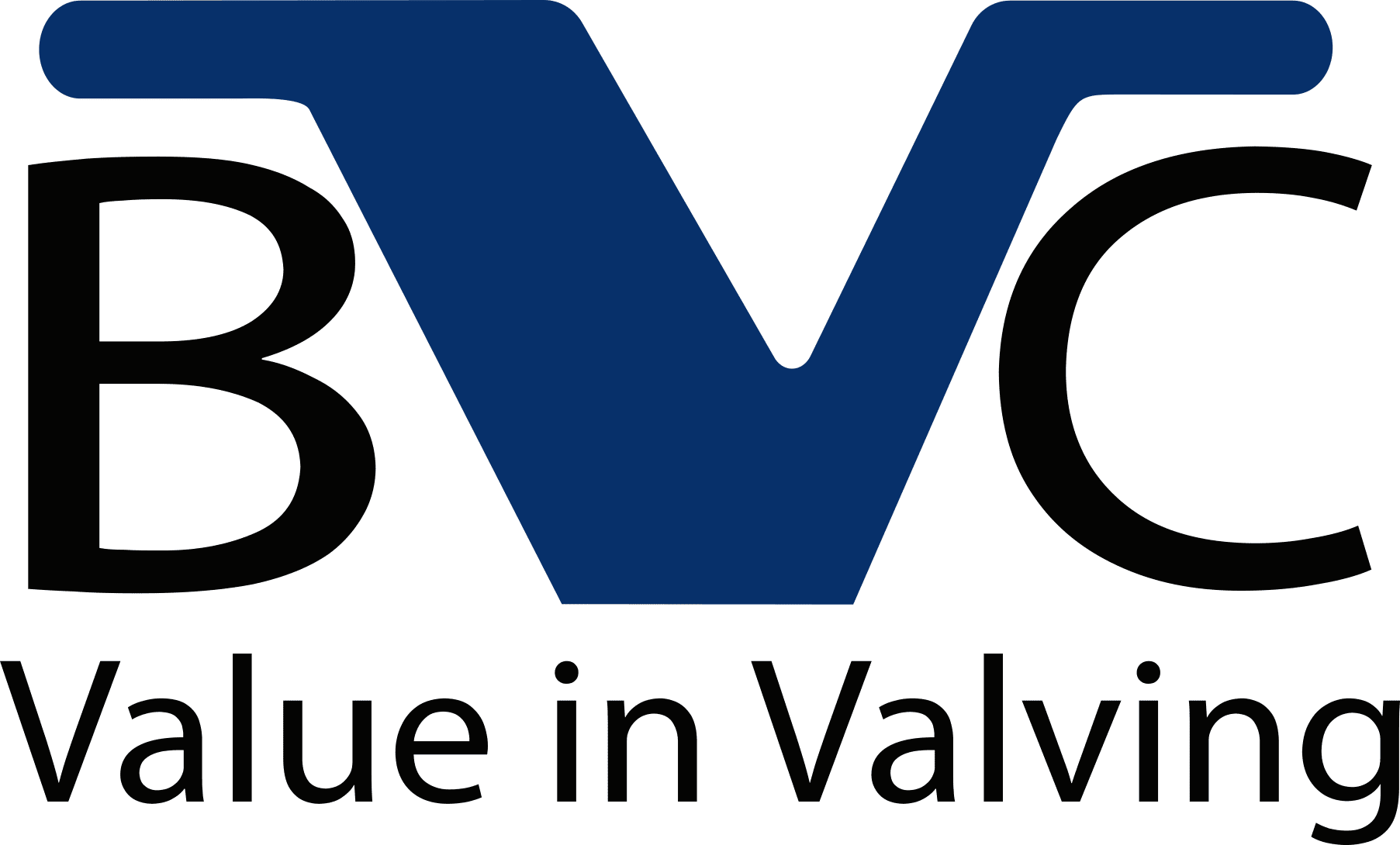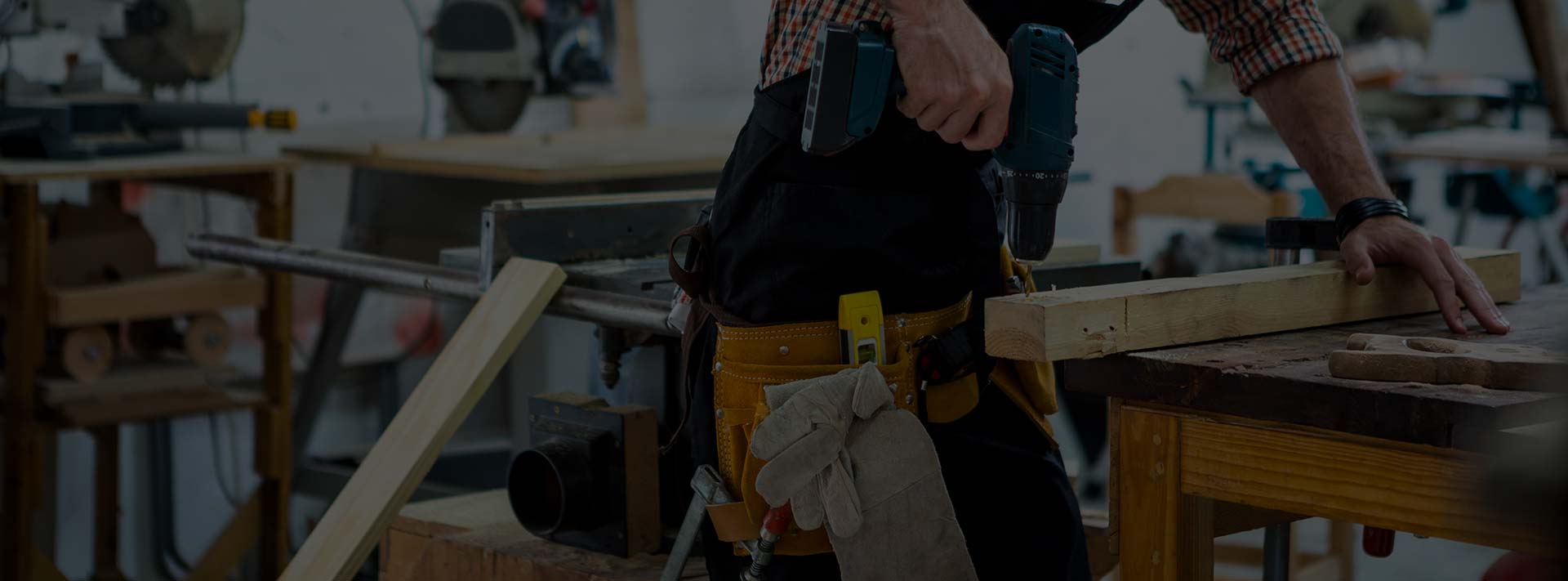21 Dec Wafer Style, Lug Style Butterfly Valves
A wafer style butterfly valve is a quarter-turn valve designed to mount between pipe flanges and features a disc mounted on the stem of the valve inside a rubber seat. When the disc and stem are turned 90o, the flow of fluids in a pipe starts or stops depending on the position of the disc. In the closed position, the disc sits inside the seat of the valve to form a tight, secure seal that prevents leakage. When the valve is opened, the disc is parallel with the flow of the fluid and allows it to pass. In the closed position, the disc is perpendicular to the pipe.
Of the various types of valves, wafer butterfly valves are the most common. They are available in a variety of styles, sizes, and configurations to meet the needs of any application. The basic function of any wafer butterfly valve is the same- to control the flow of fluids. What differentiates each of the types is how the disc is rotated, which can be manual, electronic, pneumatic, or hydraulic, and how it is mounted.
How a Wafer / Lug Butterfly Valve Works
Regardless of the method of activation, all wafer butterfly valves work to achieve the same goal, which is to allow the flow to pass, to stop the flow or to throttle the flow of semi-solids or liquids.
When the handle for the valve is rotated counterclockwise, a quarter turn, the stem and disc are rotated, which places the disc parallel with the flow of the fluid to stop the flow. When the handle for the valve is rotated clockwise, a quarter turn, the stem and disc are rotated, which places the disc perpendicular to the flow.
The process for closing a wafer butterfly valve involves turning the handle of the valve in a clockwise direction, which forces the disc to rotate to a perpendicular position in relation to the pipe. When the disc rests against the seat, the valve is completely closed and sealed causing fluid flow to stop.
To Throttle, the handle is placed between 90 and 90 degrees effectively reducing the flow
Materials Used
The various materials used to manufacture the discs for wafer butterfly valves, which include aluminum bronze, ductile iron, coated ductile iron, carbon steel and stainless steel, applied in applicable services are durable and built to last. The strength of the materials for the disc is necessary due to the pressure and stress placed on the valve in the closed position.
Lug Butterfly Valves vs. Wafer Butterfly Valves
Aside from the different activation methods for butterfly valves, there are differences in how they are connected to the pipe. This particular distinction is apparent in regard to wafer butterfly valves and lug butterfly valves. As with all butterfly valves, the operation of lug and wafer butterfly valves is the same using a disc to stop and release fluid flow.
A lug butterfly valve uses stud bolts to connect to a pipeline. The lugs make installation of the valve easier and more efficient. Placed along the OD of the flanges of the valve, the lugs are threaded and tapped to accommodate the connecting of the stud bolts, which secure the valve to the pipeline from both sides. Lug butterfly valves are available in a variety of configurations with different numbers of lugs to fit any size pipeline.
A benefit of lug butterfly valves is their ability to disconnect the pipeline from one side of the valve without needing to disconnect the other side or be concerned about containing fluid flow, referred to as dead end service. As with wafer butterfly valves, lug butterfly valves have different ways to open and close the valve, which include manual, hydraulic, pneumatic, and other methods.
Unlike lug butterfly valves that have flanges that connect them to a pipeline from both sides, wafer butterfly valves are sandwiched between the flanges of a pipeline using long bolts going flange to flange. Access to the valve is only possible by stopping fluid flow elsewhere and disconnecting the pipe.
Types of Butterfly Valve Pipeline Mountings
The difference between the various types of butterfly valves, aside from how they rotate the disc, is how they are mounted to a pipeline. The three basic types of butterfly valves are wafer, lug, and double flange, and their mountings are described below.
Wafer Butterfly Valves
Wafer butterfly valves are installed between flanges on the pipeline and are secured with bolts and nuts running from flange to flange. They have to be carefully aligned such that the flanges are properly positioned. The flanges for securing a wafer butterfly valve are welded to the pipeline.
Lug Butterfly Valves
Lug butterfly valves have their own flanges attached to the body of the valve. The holes in the flange are tapped or threaded such that a nut is not needed to secure them. Bolts for lug butterfly valves are short and pass through one end of the flange to screw directly into the valve.
Double Flanged Butterfly Valves
Double flanged butterfly valves have two flanged ends on their inlet and outlet ports. They are installed on pipelines that have flanges that are the same size as the valve. Bolts and nuts are used to secure both ends of the valve to the pipeline. Double flanged butterfly valves are typically very large and used in high- pressure applications.
Wafer / Lug Butterfly Valve Actuators
The actuator for a wafer or lug butterfly valve rotates the stem and disc to start and stop fluid flow. They can be manually operated by turning a handle or be automated using various sources of power.
Manual Wafer Butterfly Valves
These valves have a lever or handwheel attached to the stem of the valve and are used where power is not available.
Electric Actuated Wafer Butterfly Valves
Electric actuated wafter butterfly valves are attached to an automated system that determines when to open and close the valve. Torque for the valve is supplied by an electric motor.
- Pneumatic Actuated Wafer Butterfly Valves – use compressed air that is converted into mechanical energy to operate the valve. They are used in industries that involve corrosive products or food products.
- Hydraulic Actuated Wafer Butterfly Valves – are used where high torque is required since the incompressible properties of hydraulic fluid make the actuator exceptionally efficient in producing torque.
Components of a Wafer / Lug Butterfly Valve
The components of water butterfly valves are highly durable and exceptionally strong. They are normally made from iron, stainless steel, carbon steel, brass, Inconel®, and other metals as well as certain plastics. Below, we discuss the components that combine to form a wafer butterfly valve.
- Body – covers the internal parts of the valve and is the strongest part of the valve.
- Actuator – can be a manual device manipulated by hand or be actuated by some form of external power.
- Stem – connects the actuator to the disc of a wafer butterfly valve and transmits the torque applied by the actuator.
- Disc – is the main component of a wafer butterfly valve that is used to start and stop fluid flow.
- Seat – prevents leakage when the disc is in the closed position and is what the disc rests against.
- Gasket – Are not required for Rubber Seated Butterfly valves as the seat is the sealing surface
Wafer butterfly valves are the most used and most common type of valve due to the simplicity of their operation and their exceptional performance.
The Butterfly Valves & Controls Difference
BVC engineers, designers, and operators have over 125 years of experience in the development and manufacture of high-quality butterfly valves. It has been our vision and goal to be the best in the industry, which has made us the leading manufacturer of all forms of butterfly valves that meet the needs of any application or conditions. We realize that our customers depend on BVC to provide butterfly valves that perform at the highest level, regardless of the circumstances or conditions.
It has been BVC’s goal over its many years to ensure that every customer is fully satisfied. Our level of service doesn’t end there. Once you buy a BVC butterfly valve, we partner with you to guarantee the product precisely meets your requirements. For more information about BVC products and services, contact us online at sales@bvcusa.com or call 817 421 5343. We look forward to hearing from you.


No Comments